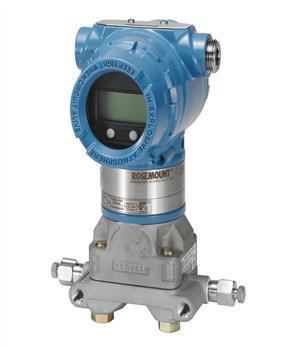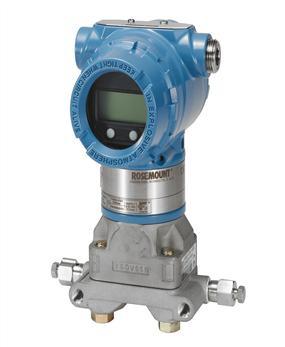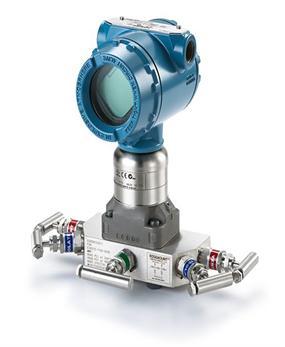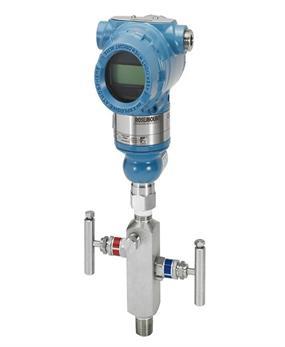BLOG
Effects of Temperature on Pressure Gauge and Ways to Minimize Them
Brian Craig
April 07, 2023
Pressure gauges are used to measure and control pressure in an industrial system, and hence they are often exposed to harsh environments, involving high pressures, extreme temperatures, and so on. The pressure values are relative to the atmospheric pressure, and hence the latter is set to zero. While industrial pressure gauges are designed to withstand these parameters, they are impacted by temperature fluctuations. Ambient temperature may at times impact the accuracy or functioning of process pressure gauges and utility gauges. Mitigation of temperature-related effects is especially important for process gauges which are used in applications where precision, stability, and accuracy are crucial. This post discusses the effects of temperature on pressure gauges and tips to mitigate them.
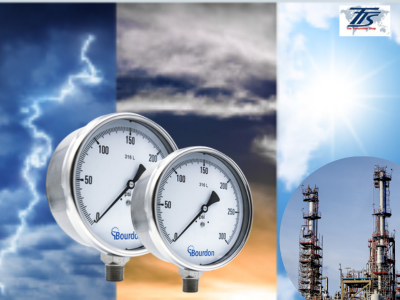
Know How Temperature Affects Pressure Gauges
There are different types of pressure gauges and they are preset to perform in a defined temperature range. If this temperature range exceeds, the pressure gauge may fail to perform as expected. There are some signs that can be seen as a result of temperature effects. Here are some pointers regarding the same.
- First, the pressure gauge undergoes a shift in temperature range, which means the zero set point goes ahead or falls behind due to the change in the elasticity modulus of the bourdon in the gauge.
- This shift could reflect by about 1% in case of temperature change by a few degrees. This will impact the reading accuracy.
- In case the ambient or process temperatures increase beyond 150-200 degrees Fahrenheit, the gauge dial may be discolored or its gasket or seal may harden. However, this depends on the type of pressure gauge in use.
- Liquid-filled pressure gauges are used for high temperature applications around 200 degrees Fahrenheit. However, if operated in extreme temperatures above 500 degrees Fahrenheit, the windows of liquid-filled pressure gauges made of acrylic may discolor to yellow and the calibration may be impacted.
- High temperatures may affect the accuracy of mechanical oil pressure gauges by 0.4-0.5% for every 25 degrees Fahrenheit. This is generally low at ambient temperatures around 70 degrees Fahrenheit or with gauges that have a temperature compensated diaphragm.
- In most digital pressure gauges, temperature fluctuations may impact the internal temperature and in turn the output signals. In this case, temperature compensation is applied.
Mitigating the Temperature Effects on Gauges
There are ways to mitigate the effects of temperature on pressure gauges, and this is largely based on the type of impact as well as the type of pressure gauge. Here are some relevant pointers.
- In case of mechanical oil pressure gauges used in high temperature applications, one can opt for silicone fill instead of glycerin fill as the former has a wider temperature range up to 190 degrees Fahrenheit, and is more flexible. Silicone can resist cold conditions too.
- Diaphragm seal pressure gauges are the best choice for hot fluid and gas line applications. One can implement flexible line assemblies to reduce the temperature impact in these pressure gauges. The capillary tubing in required length may be introduced between the gauge and hot line when the gauge is used for hot liquids or gases applications.
- This mounting of a capillary tube keeps the process media away from the gauge. Ashcroft is the standard capillary used for very high temperature applications beyond 700 degrees Fahrenheit.
- In case of steam or condensation applications, a siphon may be installed between the bourdon line and the process pressure gauge. This prevents the entry of steam into the bourdon tube, which may impact its accuracy.
- Using diaphragm seals in pressure gauges helps heat dissipation thus controlling the temperature.
If you are looking for a manufacturer or trusted supplier of commercial or industrial pressure gauges, ensure you partner with a trusted name. The Transmitter Shop (TTS), is one of the leading suppliers of calibrated pressure gauges in several configurations. They can be customized to suit your requirements. The company also offers calibration services using SI-traceable units.








